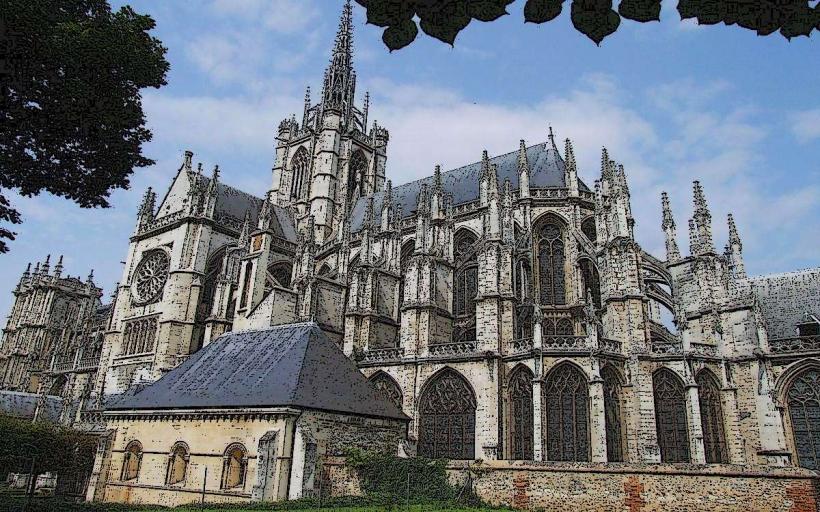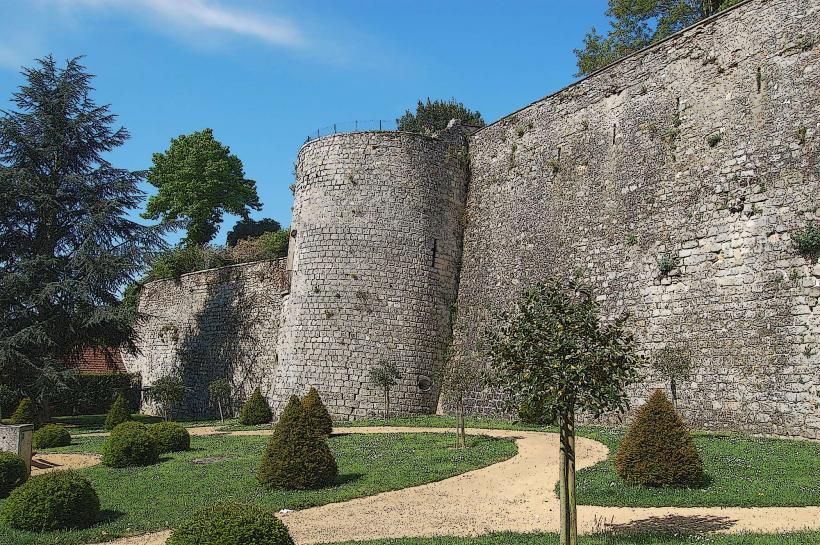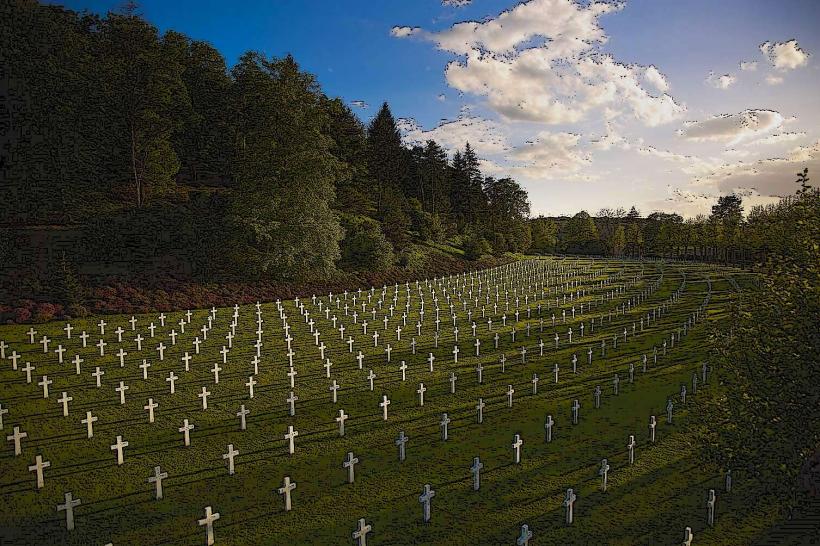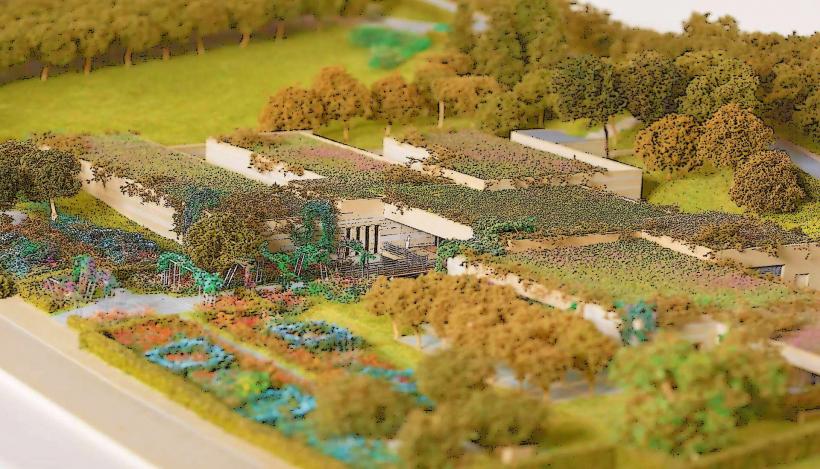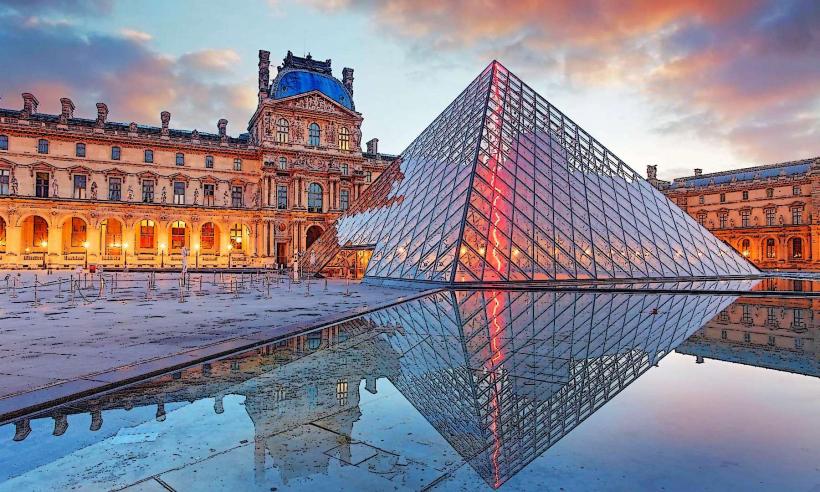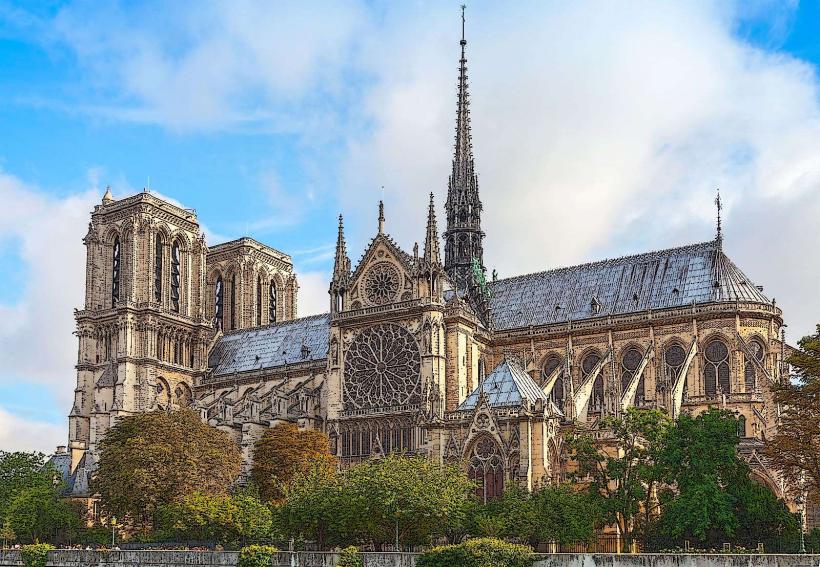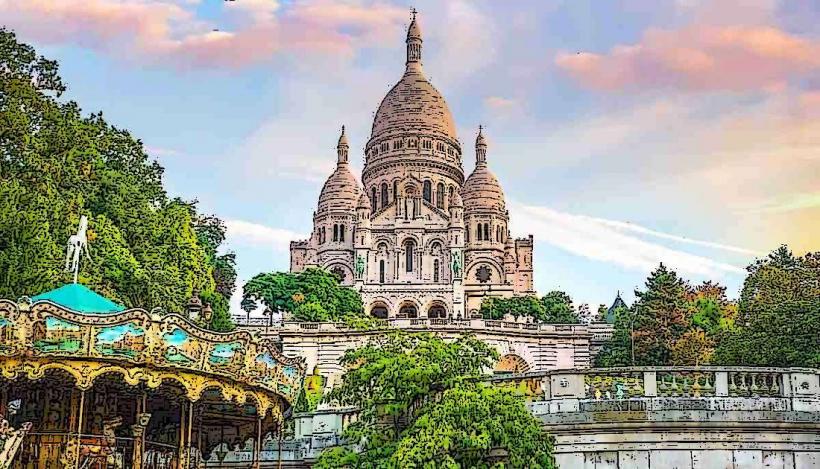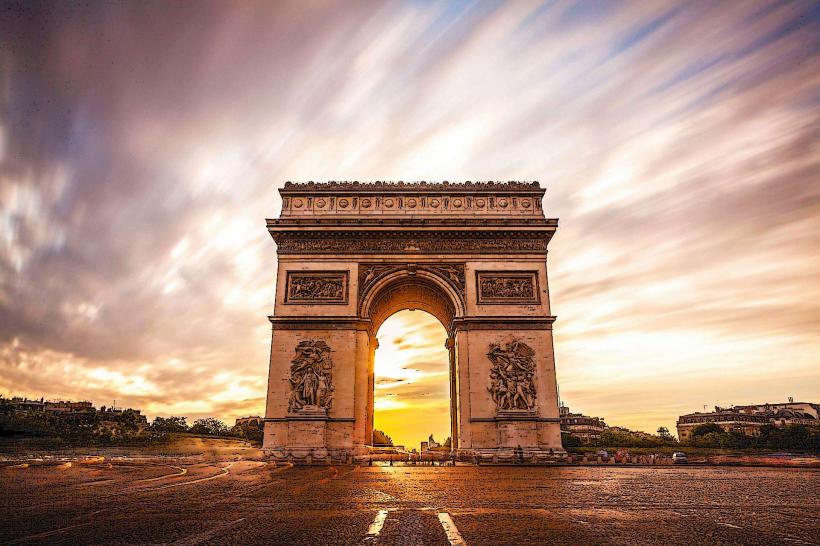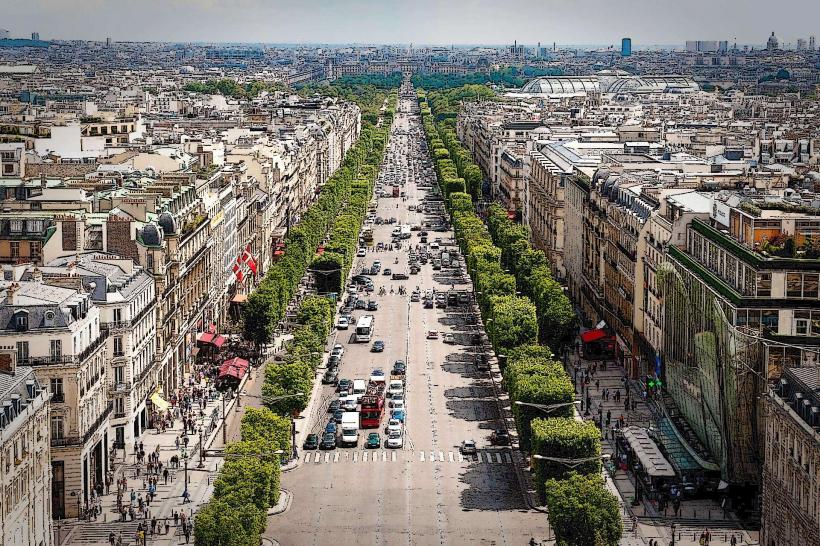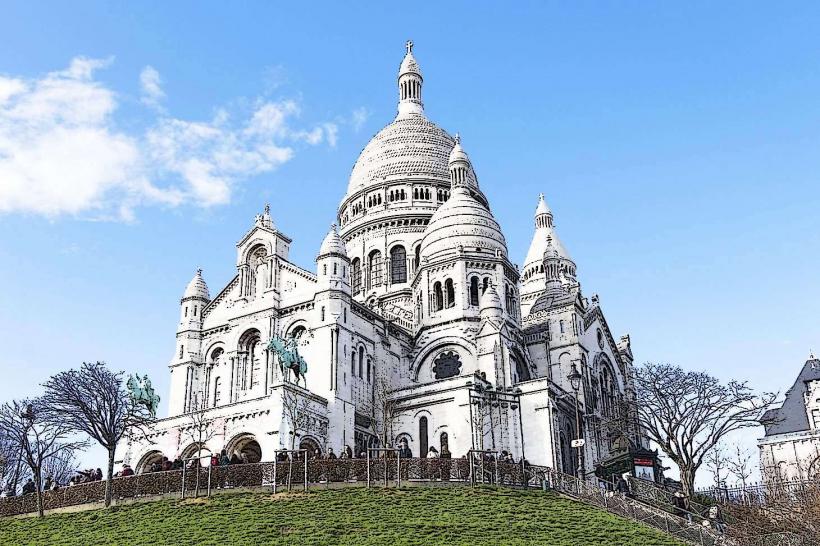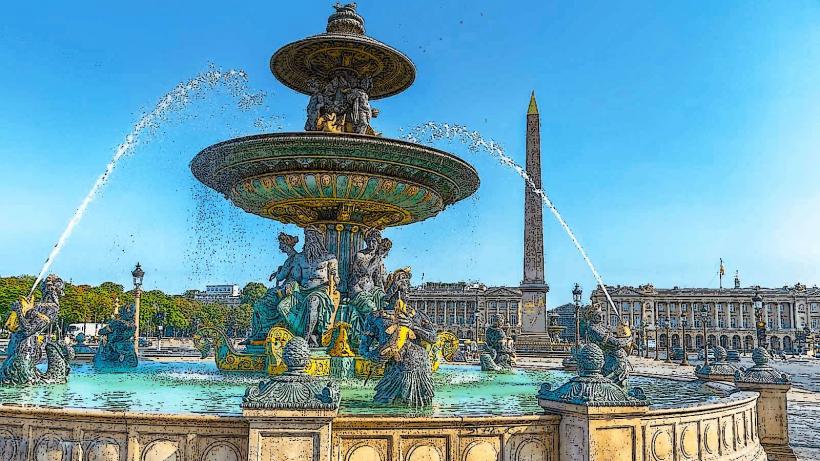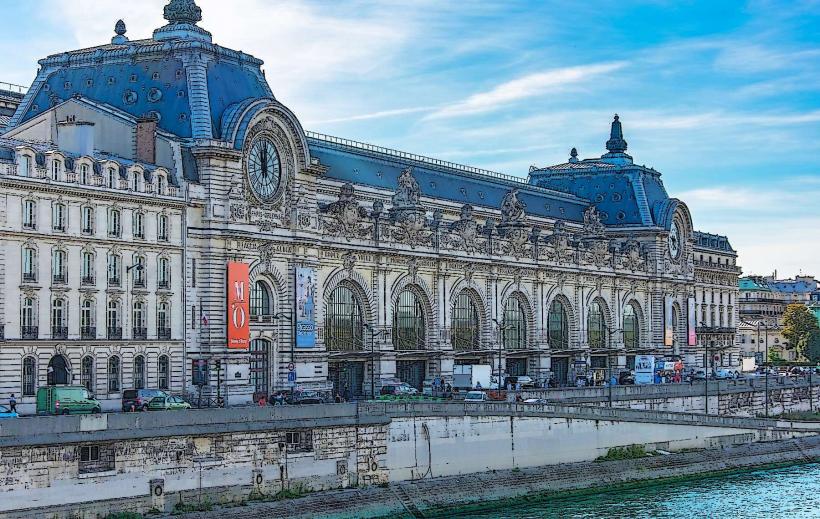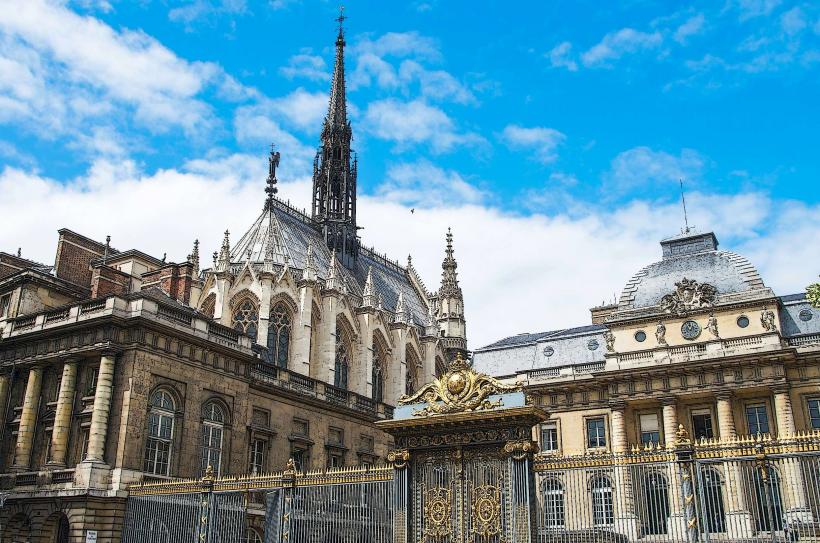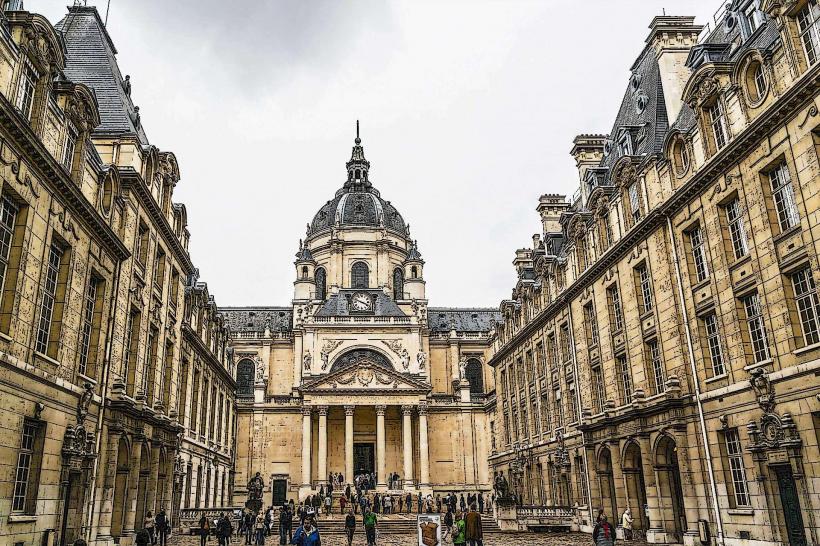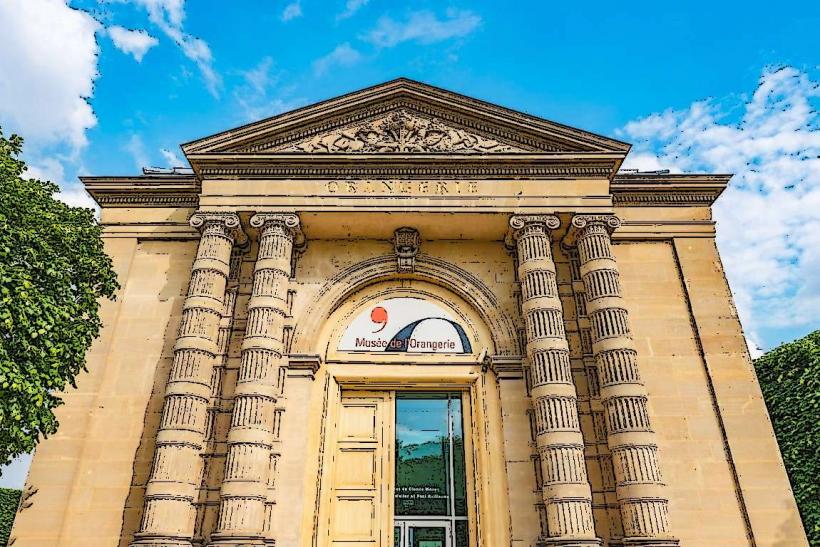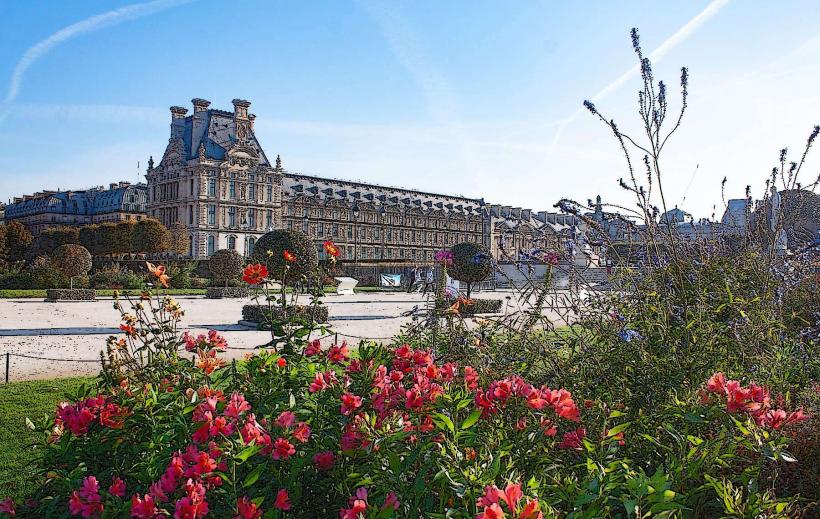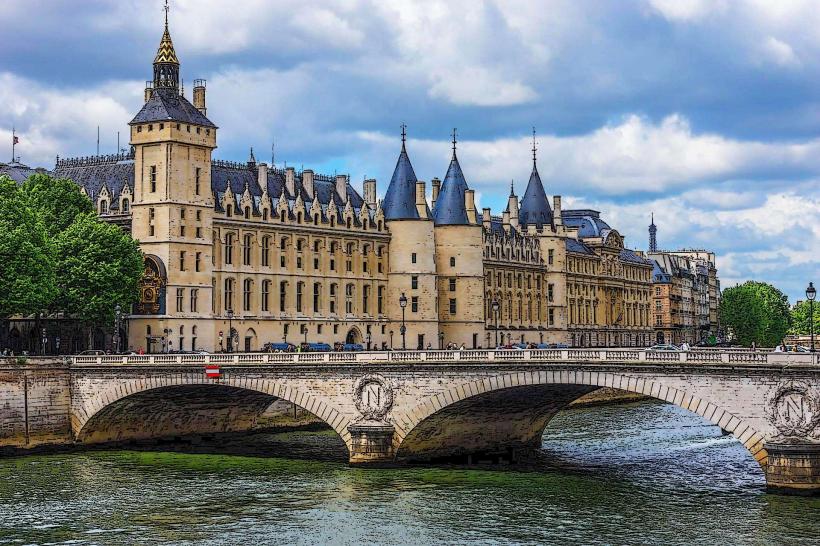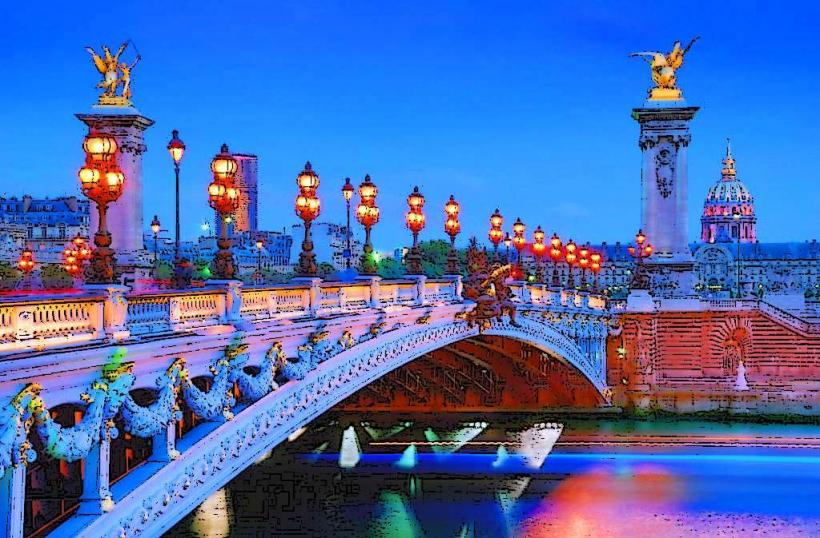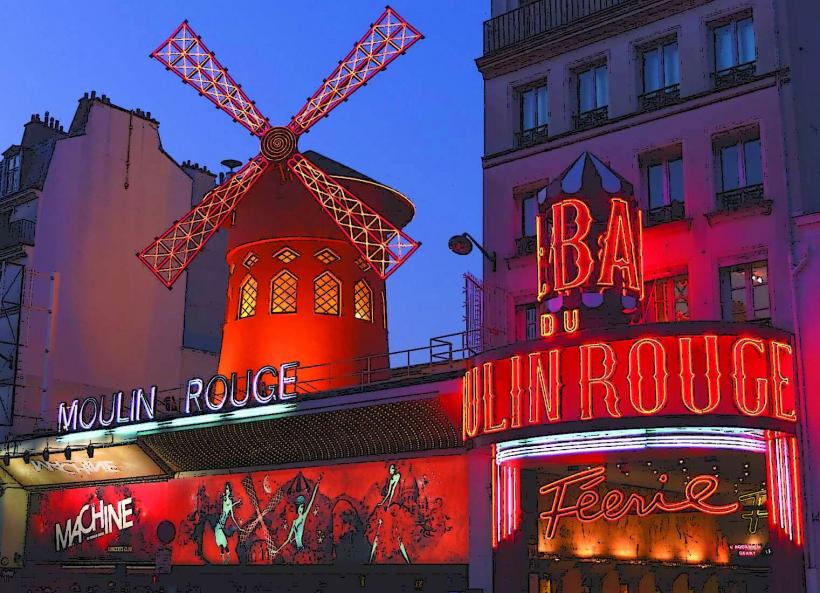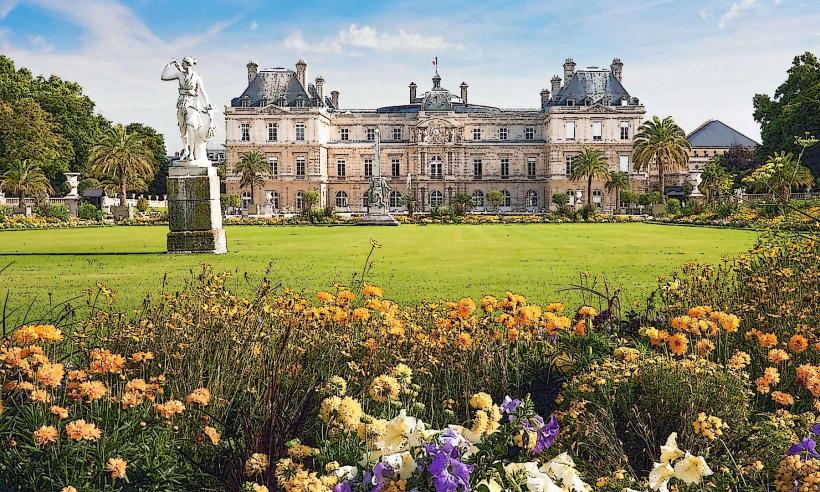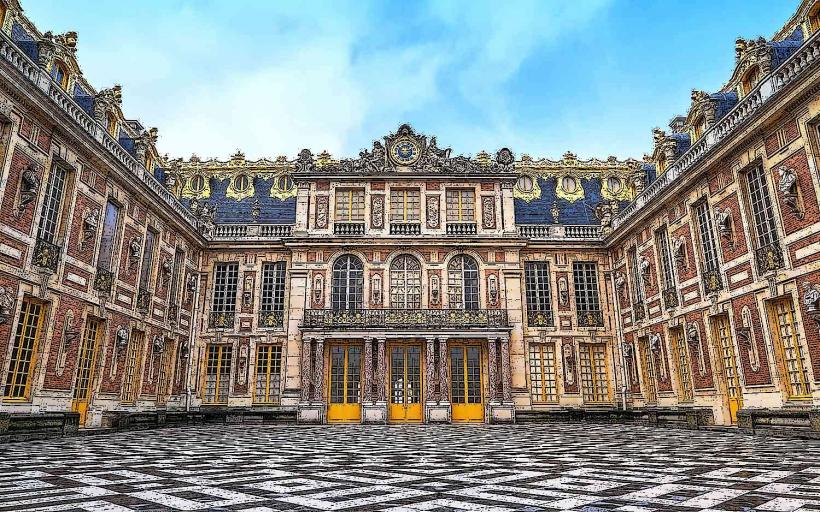Information
City: ParisCountry: France
Continent: Europe
Paris, the capital of France, is one of the most iconic and culturally significant cities in the world. It has long been a hub for art, history, fashion, food, and architecture, making it a leading destination for travelers from across the globe. Let’s dive into the details of this incredible city, touching on its history, culture, landmarks, and more:
1. History of Paris
- Foundation and Early History: Paris was founded as a Roman city known as Lutetia around the 1st century BC by a Celtic tribe called the Parisii. Over the centuries, the city grew into an important center for trade, culture, and politics.
- Medieval and Renaissance Paris: By the Middle Ages, Paris had become the center of European intellectual and religious life. The construction of famous structures like Notre-Dame Cathedral and the Sainte-Chapelle marked the city's medieval glory. During the Renaissance, Paris flourished as an artistic and cultural hub under the reign of King Francis I.
- Revolution and Modernization: The French Revolution of 1789 dramatically reshaped the city. Landmarks like the Place de la Concorde and the Louvre Museum bear the legacy of these revolutionary events. The Napoleonic era and the subsequent industrial revolution in the 19th century saw the development of Haussmannian boulevards and the establishment of key monuments such as the Eiffel Tower.
- 20th Century and Beyond: Paris played a crucial role in both World Wars and was a focal point of the Art Nouveau and Modernist movements. The city remains a leading cultural, political, and economic capital.
2. Famous Landmarks
Paris is home to a vast array of historical landmarks and modern marvels that have come to define the city's skyline and charm.
Eiffel Tower: One of the most iconic structures in the world, this wrought-iron tower, designed by Gustave Eiffel, was constructed for the 1889 Exposition Universelle and stands at 324 meters tall. Visitors can take elevators or stairs to the observation decks for panoramic views of the city.
Notre-Dame Cathedral: This world-famous Gothic cathedral, located on the Île de la Cité, is known for its stunning architecture, including flying buttresses, gargoyles, and its large rose windows. Although severely damaged by a fire in 2019, restoration efforts are ongoing, and it remains a symbol of Parisian history.
Louvre Museum: Originally a royal palace, the Louvre is now the world's largest art museum. It is home to thousands of works, including Leonardo da Vinci’s Mona Lisa, the Venus de Milo, and countless pieces of art from ancient civilizations to modern-day masterpieces.
Sacré-Cœur Basilica: Perched atop Montmartre Hill, the Basilica of the Sacred Heart (Sacré-Cœur) offers breathtaking views of Paris. The basilica’s distinctive white domes and its mosaic of Christ inside make it one of the city’s most picturesque landmarks.
Arc de Triomphe: Commissioned by Napoleon Bonaparte after his victory at Austerlitz in 1805, the Arc de Triomphe honors those who fought and died during the French Revolutionary and Napoleonic Wars. The monument is located at the top of Champs-Élysées and provides a grand view of the city.
Musée d'Orsay: Housed in a former train station, the Musée d'Orsay features an extensive collection of Impressionist and Post-Impressionist paintings, including works by Monet, Van Gogh, Degas, and more.
Panthéon: Originally a church, the Panthéon is now a mausoleum housing the remains of notable French figures such as Voltaire, Victor Hugo, and Émile Zola.
Montmartre and the Moulin Rouge: Once home to artists like Pablo Picasso and Vincent van Gogh, Montmartre is a historic district that offers stunning views of Paris and is known for its artistic heritage. The Moulin Rouge, famous for its can-can dancers, remains a popular landmark.
3. Culture and Art
Paris is the birthplace of numerous artistic movements and continues to be a global cultural capital. From the Renaissance to Impressionism and Art Nouveau, the city’s museums and galleries house some of the most important artworks in history.
The Art World: The Louvre, Musée d'Orsay, and Centre Pompidou are the top destinations for art lovers. Paris was also home to some of the most famous artists in history, such as Claude Monet, Édouard Manet, and Henri Matisse.
Fashion: Paris is known as the fashion capital of the world. The Paris Fashion Week is one of the most significant events in the fashion industry, drawing designers, models, and fashion enthusiasts from around the world. Iconic Parisian brands include Chanel, Dior, Louis Vuitton, and Hermès.
Literature: Paris has long been a haven for writers, including Ernest Hemingway, Gertrude Stein, F. Scott Fitzgerald, and Jean-Paul Sartre, who made up the Lost Generation in the 1920s. The city’s many cafés, such as the famous Café de Flore, have served as meeting places for writers, philosophers, and artists.
4. Culinary Scene
Paris is also world-renowned for its cuisine, and it remains the epicenter of gastronomic innovation.
French Cuisine: The city is home to Michelin-starred restaurants, traditional bistros, and vibrant food markets like Marché des Enfants Rouges. Paris is famous for its pastries, including croissants, pain au chocolat, macarons, and crêpes.
Café Culture: The café culture is deeply ingrained in Parisian life. Locals often spend hours sipping coffee or wine at sidewalk cafés. Some iconic cafes include Les Deux Magots and Café de Flore, both in the Saint-Germain-des-Prés area.
Fine Dining: Some of the world’s best chefs and restaurants are based in Paris, with famed establishments like Le Cinq at the Four Seasons Hotel George V and Le Meurice offering exquisite fine dining experiences.
5. Transportation
Paris has an extensive and efficient public transport system that includes:
Paris Métro: The city’s underground rail system, known as the Métro, is one of the busiest in the world. It has 16 lines and covers the entire city and surrounding suburbs.
RER Trains: The RER (Réseau Express Régional) is a network of commuter trains that connects Paris to the suburbs and the airport.
Buses and Taxis: Paris also has a comprehensive bus system, and taxis are widely available throughout the city.
Cycling: The city has embraced cycling with bike-sharing programs like Vélib', which allows visitors to rent bicycles.
6. Parks and Green Spaces
Paris is also known for its beautiful parks and gardens, which offer a respite from the hustle and bustle of the city.
Jardin des Tuileries: Located between the Louvre Museum and Place de la Concorde, this formal French garden is a peaceful place for a stroll.
Jardin du Luxembourg: A beautiful park with fountains, statues, and vast green spaces, located near the Latin Quarter.
Bois de Boulogne: A large park on the western edge of the city, offering lakes, forests, and recreational areas.
Parc des Buttes-Chaumont: Known for its dramatic hills and waterfalls, this park provides one of the best views of Paris.
7. Nightlife
Paris comes alive at night, offering a wide range of options for entertainment, from historic cabarets like the Moulin Rouge to modern bars and nightclubs.
Moulin Rouge: The famous cabaret is known for its lavish shows and vibrant atmosphere.
Le Marais and Bastille: These neighborhoods are home to some of the best bars, clubs, and cafes for a night out.
Conclusion
Paris is a city that combines history, culture, art, and gastronomy with the charm of modern living. Its ability to balance tradition and contemporary life makes it an endlessly fascinating destination for visitors. Whether exploring its historical monuments, enjoying the culinary delights, or wandering through its neighborhoods, Paris offers something for everyone, making it one of the most beloved cities in the world.

